Will My Battery Charge Faster With A 24v Solar Panel? Explained
Are you struggling to charge your batteries quickly using solar power? Many people wonder if upgrading to a 24V solar panel can speed up the charging process.
The simple answer is yes, a 24V panel can potentially charge your battery faster than a lower voltage option. It can potentially charge your battery faster than a lower-voltage panel. However, it’s essential to ensure compatibility between the panel, battery bank, and charge controller.
In this guide, I’ll explain the details factors of using 24V solar panels for efficient battery charging to help you make informed decisions for your solar power system. Let’s learn below!
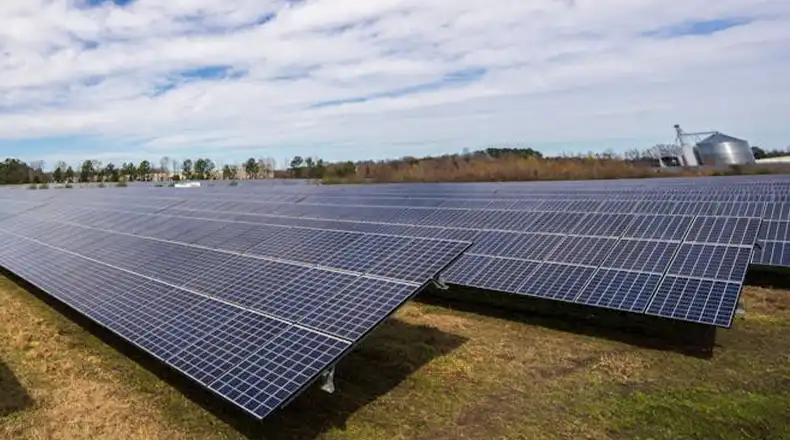
Can A 24V Solar Panel Charge My Battery Faster?
The short answer is yes, a 24V solar panel can potentially charge your battery faster compared to a 12V panel, provided that your battery bank and charge controller are compatible with the higher voltage.
The reason for this is that a 24V solar panel can deliver more power to the battery bank than a 12V panel of the same wattage rating. Higher voltage systems experience lower cable losses due to reduced current flow, resulting in more efficient power transfer from the solar panels to the battery bank.
For example, let’s consider two solar panels with the same wattage rating of 200 watts: one is a 12V panel, and the other is a 24V panel. The 12V panel will have a maximum current output of around 16.7 amps (200 watts / 12V), while the 24V panel will have a maximum current output of around 8.3 amps (200 watts / 24V).
Since the power (watts) is equal to the product of voltage and current (P = V × I), the higher voltage of the 24V panel allows it to deliver the same power with a lower current. This lower current results in reduced cable losses and voltage drops, ultimately leading to more efficient power transfer and faster battery charging.
However, it’s important to note that using a 24V solar panel with a 12V battery bank or charge controller is not recommended, as it can lead to compatibility issues and potential damage to the system components. In such cases, you’ll need a charge controller that can step down the voltage from 24V to 12V, which may introduce some inefficiencies.
The most efficient setup is to use a 24V solar panel with a compatible 24V battery bank and charge controller. This configuration allows for direct charging without the need for voltage conversion, maximizing the efficiency and charging speed of the system.
It’s also worth mentioning that while a 24V solar panel can charge your battery faster, the actual charging time will still depend on various factors, such as the battery capacity, sunlight conditions, system losses, and load consumption. Proper system design and component selection are crucial to ensure optimal performance and charging times.
How Long It Will Take for a 24V Solar Panel to Charge a Battery?
The time it takes for a 24V solar panel to charge a battery depends on several factors, including the battery’s capacity, the solar panel’s power output, the available sunlight conditions, and the efficiency of the overall system.
As a general guideline, a 24V solar panel with a power output of 200 watts could charge a 100Ah (amp-hour) 24V battery bank from 50% to a full charge in approximately 6-8 hours of direct sunlight, assuming optimal conditions and system efficiency.
However, it’s important to note that these are rough estimates, and the actual charging time can vary significantly based on the specific circumstances. Factors such as cloudy weather, shading, and temperature can impact the solar panel’s performance and, consequently, the charging time.
To get a more accurate estimate, you’ll need to consider the specific specifications of your solar panel, battery bank, and system components, as well as the local weather conditions and sun exposure at your location.
Factors That Can Affect the Speed of Battery Charging With Solar Panels
While solar panels can be an effective means of charging batteries, several factors can influence the speed and efficiency of the charging process. Understanding these factors can help you optimize your system and manage your expectations regarding charging times.
1. Solar Panel Voltage
The voltage of a solar panel is a crucial factor that determines its power output and compatibility with various components in a solar power system. Solar panels are typically available in two common voltage configurations: 12V and 24V.
12V solar panels are widely used in smaller-scale applications, such as recreational vehicles (RVs), boats, and off-grid cabins. These panels are well-suited for charging 12V battery banks commonly found in these applications.
On the other hand, 24V solar panels are designed for larger-scale systems, where higher voltage is required to efficiently transmit power over longer distances or to charge higher voltage battery banks. These panels are often used in residential and commercial solar installations, as well as in larger off-grid systems.
It’s important to note that the voltage of a solar panel is not the same as its output voltage, which can vary depending on the load and the number of panels connected in series or parallel. The nominal voltage (e.g., 12V or 24V) represents the typical operating voltage range of the panel under standard test conditions.
2. Battery Capacity and Type
The capacity of a battery is typically measured in amp-hours (Ah) or kilowatt-hours (kWh). This rating indicates how much electrical charge the battery can store and deliver before needing to be recharged. A higher-capacity battery will take longer to charge compared to a lower-capacity one, even with the same solar panel setup.
For example, charging a 100Ah battery from 50% state of charge to full using a 200-watt solar panel could take around 6-8 hours of direct sunlight. However, charging a 200Ah battery from the same 50% state of charge would take approximately 12-16 hours with the same solar panel.
The larger the battery capacity, the more time and energy it will require to fully charge. This is because it can store more electrical charge, and the solar panels need to deliver that additional energy to the battery.
Additionally, the battery type can also influence charging times and rates, with lithium-ion batteries generally having the potential for faster charging compared to lead-acid batteries, provided they are charged within their recommended parameters.
3. Sunlight Conditions
The amount of available sunlight and the angle of incidence on the solar panels can significantly impact their power output and, consequently, the charging speed. Cloudy or shaded conditions will slow down the charging process.
4. Temperature
Both solar panel and battery performance can be affected by temperature. Extreme temperatures (too hot or too cold) can reduce the efficiency of the system, potentially slowing down the charging process.
5. System Losses
Factors such as cable lengths, voltage drops, and conversion inefficiencies in the charge controller can contribute to system losses, reducing the overall charging speed.
6. Battery State of Charge
The charging speed can vary depending on the battery’s state of charge. Batteries typically charge faster when they are more depleted and slower as they approach a full charge.
7. Load Consumption
If you have electrical loads (appliances, lights, etc.) connected to the battery bank while charging, they will consume some of the available power, slowing down the charging process.
By considering these factors and optimizing your solar system accordingly, you can improve the charging speed and overall efficiency of your battery charging setup.
Advantages of Using a 24V Solar Panel for Battery Charging
Using a 24V solar panel for battery charging can offer several advantages over lower voltage panels:
- Higher Power Output: A 24V solar panel can deliver more power to the battery bank compared to a 12V panel of the same wattage rating. This increased power output can result in faster charging times, especially for larger battery banks.
- Reduced Cable Losses: Higher voltage systems experience lower cable losses due to the reduced current flow. With a 24V system, the current is lower compared to a 12V system of the same power output, resulting in less heat generation and lower voltage drop across the cables.
- Longer Cable Runs: The higher voltage of a 24V solar panel allows for longer cable runs between the solar array and the battery bank without significant voltage drop, making it suitable for installations where the components are spread over a larger area.
- Increased Efficiency: Higher voltage systems tend to be more efficient overall, as they reduce the impact of voltage drops and cable losses, resulting in more efficient power transfer from the solar panels to the battery bank.
Considerations and Limitations of Using a 24V Solar Panel for Battery Charging
While using a 24V solar panel for battery charging can offer several advantages, there are some considerations and limitations to keep in mind:
- Compatibility: Ensuring compatibility between the solar panel, charge controller, and battery bank is crucial. Mismatched voltages can lead to inefficient charging, component damage, or safety hazards.
- Cost: 24V solar panels and associated components (charge controllers, cables, etc.) may be more expensive than their 12V counterparts, especially for smaller-scale installations.
- System Complexity: Higher voltage systems may require additional safety measures and precautions during installation and maintenance due to the increased potential for electrical hazards.
- Battery Bank Configuration: If you have an existing 12V battery bank, transitioning to a 24V system may require replacing or reconfiguring the battery bank, which can be costly and time-consuming.
Final Thought
In conclusion, using a 24V solar panel can be an excellent way to charge your batteries faster, thanks to its higher power output and reduced cable losses. However, compatibility with your battery bank and charge controller is crucial. Proper system design and component selection are essential for safe and optimal performance. If you have any lingering questions or need further guidance, don’t hesitate to leave a comment below. We’re here to help you maximize the potential of your solar power system. Thank you for reading, and best wishes in optimizing your solar power system!
Related Queries
What Is The Ideal Battery Bank Configuration For A 24V Solar Panel System?
The ideal battery bank configuration for a 24V solar panel system is a 24V battery bank. This ensures a direct match between the solar panel’s voltage and the battery bank’s voltage, allowing for efficient charging without the need for voltage conversion.
Can I Use A 12V Charge Controller With A 24V Solar Panel?
No, it is not recommended to use a 12V charge controller with a 24V solar panel. The charge controller must be compatible with the voltage of the solar panel to properly regulate the charging process and avoid potential damage to the system components.
How Do I Determine The Amperage Rating Of The Charge Controller Needed For My 24V Solar Panel System?
To determine the appropriate amperage rating for your charge controller, you need to consider the maximum current output of your solar panel array. The charge controller’s amperage rating should be equal to or greater than the maximum current output to ensure safe and efficient operation.
Can I Connect Multiple 24V Solar Panels In Parallel To Increase The Current Output?
Yes, you can connect multiple 24V solar panels in parallel to increase the overall current output of the system. This can be useful for charging larger battery banks or increasing the charging speed. However, ensure that your charge controller and other components are rated for the combined current output.
Is It Possible To Use A 24V Solar Panel With A 48V Battery Bank?
Yes, it is possible to use a 24V solar panel with a 48V battery bank, but you will need to connect multiple 24V solar panels in series to match the voltage of the battery bank. Additionally, you’ll need a charge controller that is compatible with the 48V system voltage.

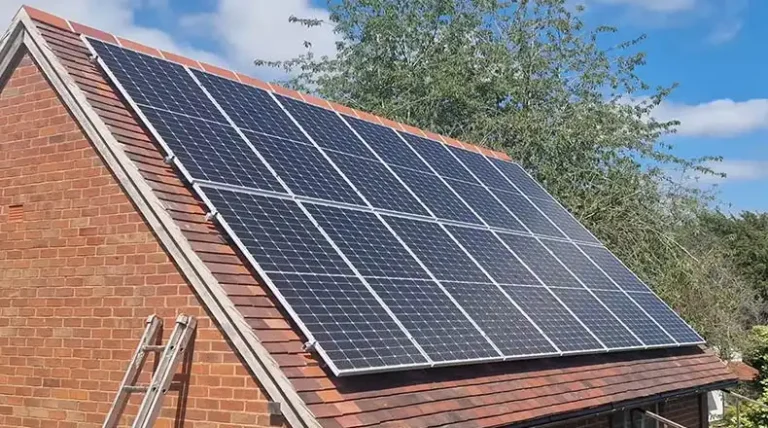
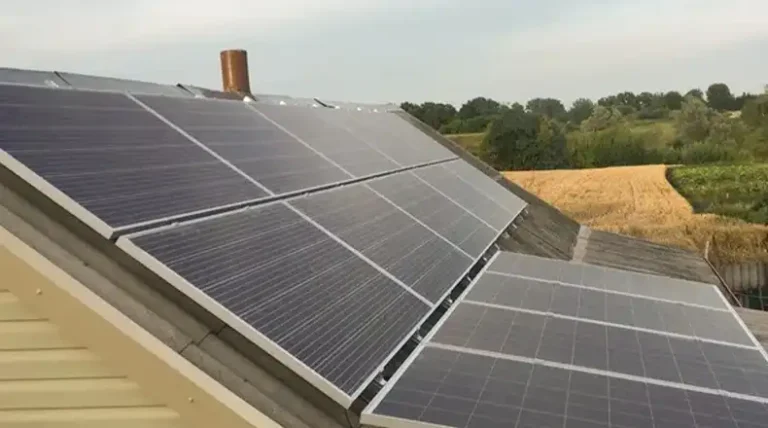
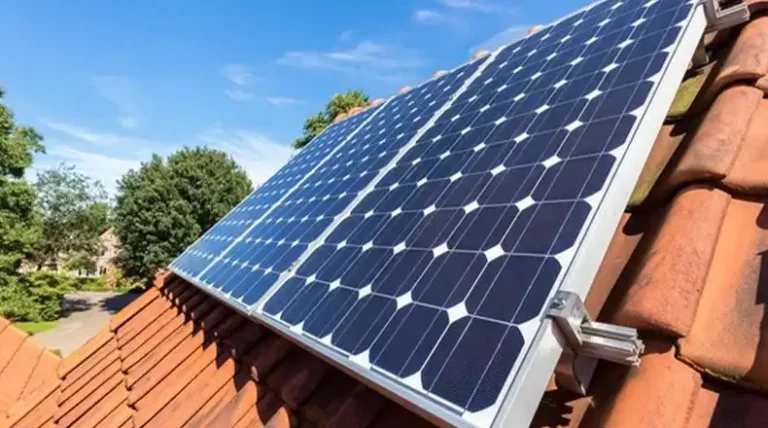
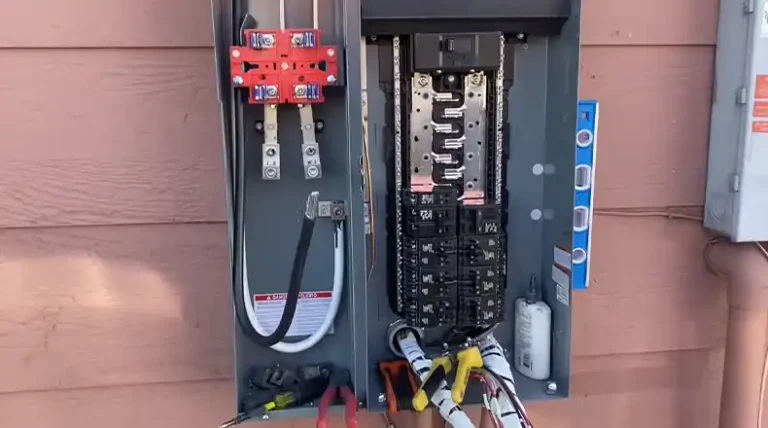
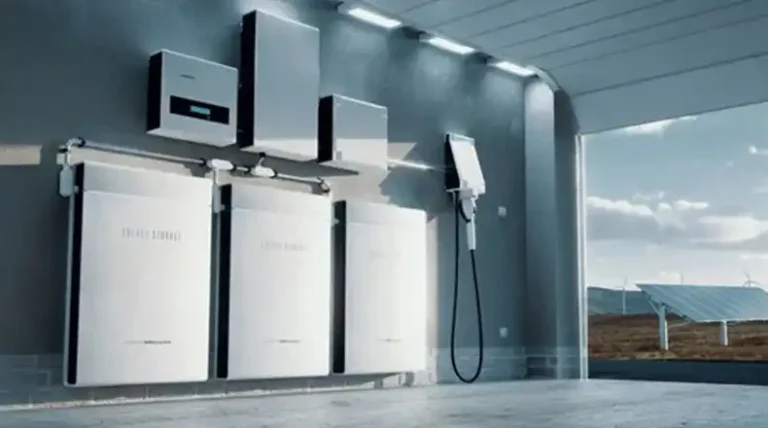
![[4 Fixes] Solar Panel Has Voltage but No Amps](https://www.itekenergy.com/wp-content/uploads/2023/07/Solar-Panel-Has-Voltage-but-No-Amps-768x428.webp)
